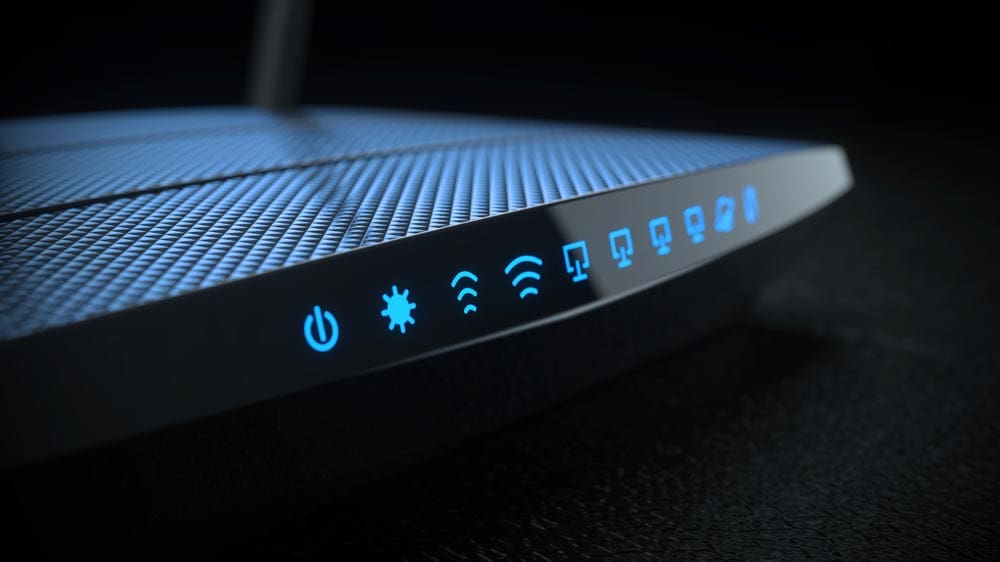Over 30 million subscribers are currently using 1G-EPON, or “Ethernet Passive Optical Networks.” If you think those numbers are high, industry experts say that 10 million more may soon be clamoring for fiber-to-the-home (or X, as in FTTx) networking services. While current EPON features fall nicely under IEEE’s 802 umbrella, the setup is challenged by the influx of subscribers and devices from various corners of the world.
This has posed the need for a new standard, and in December 2009, the IEEE Standards Association announced plans to form an IEEE P1904.1 SIEPON Working Group to develop Standard for Service Interoperability in Ethernet Passive Optical Networks (SIEPON). In part, this group plans to take EPON to the next level – a global level.

“We expect a completed IEEE P1904.1 specification will not only simplify the introduction of higher speeds (10G-EPON) into the existing EPON deployments, but also will expand the EPON market to include developing countries or smaller operators,” says Glen Kramer, technical director of Ethernet Access for Broadcom Corporation. Kramer also serves as the working group chair. “Lacking experience with PON or resources to create their own system-level specification and interoperability test, many operators put off deploying advanced fiber-to-the-home technology. The new standard is expected to alleviate this problem, allowing any operator to rely on an open IEEE specification and test routines.”
Ready for Growth
Both 1G-EPON and 10G-EPON were standardized in IEEE 802.3. However, each one of those concentrates specifically on physical and data link layers, meaning that some of the more advanced features are not addressed. A few examples include dynamic bandwidth allocation (DBA) mechanism, packet-classification rules, software/firmware downloads, and service protection and restoration mechanisms.
Faced with enormous demand to provide advanced, bandwidth-intensive services to more users, some vendors and operators have embarked on creating their own specification and test routines for such system-level features. Clearly, diverse specifications address various technical requirements differently, and sometimes in a manner that prevents “mixing and matching” various devices on the same network. In an era of rapid technology proliferation these conflicts are bound to happen, and growth in this market should not be underestimated. According to Infonetics Research, PON equipment grossed $2.18 billion in 2009. Those numbers are expected to double by 2014.
The project authorization request (PAR) that has been approved for IEEE P1904.1 clarifies that, “A detailed system-level standard, developed in an open fashion by IEEE, will eliminate the need for network operators and national bodies to create unique interoperability specifications that needlessly fragment the market.” IEEE P1904 will build on and complement existing IEEE 802 standards, with the further goal of creating an open, system-level specification that not only targets multiple network operators, but also multiple countries—and even multiple environments, such as telecommunications networks and cable networks. This means that companies will no longer need to create system specifications and interoperability testing plans, because transport, service and control planes will all be on the same page.
“Of course, a lot needs to be worked on.” says Kramer. “However, we are not starting from scratch. During the last several years, many of the working group participants have gained broad experience with FTTx deployments. Various technical solutions were tried, refined and field-proven. All this knowledge accumulated by the working group members will lead to shorter projects and robust, efficient specification.” He outlines how the SIEPON project has been divided into four major tracks:
- Service Configuration and Provisioning – The features that affect connectivity, frame classification and manipulation, forwarding rules, etc.
- Performance Requirements and Service Quality – The requirements and features that affect service performance, i.e., real-time control mechanisms for delay, jitter, packet loss, bandwidth guarantees, etc.
- Service Survivability – The features that affect availability of services: protection, restoration, etc.
- System/Device Management – The features that are required to operate EPON as a managed public network.
“Our goal is to achieve multi-vendor ‘plug-and-play’ interoperability.” Kramer says. “However, to encourage innovation and allow equipment vendors to differentiate their products, it is critical to find the right balance and not over-specify the technology. With this balance in mind, currently, the working group is finalizing a set of features that will become our work plan.”
Looking Ahead
The IEEE P1904.1 Working Group currently has 28 member companies from countries including the U.S., Japan, China, Korea, Malaysia and Canada. Those participants include telecommunications system and component manufacturers, network operators and test labs. Kramer says that other companies have expressed interest and are joining to participate. The working group is encouraging participation and the information on how to join has been posted on group’s website.
The group has completed two meetings: one in the U.S. and one in China and is busy planning for the future. “We anticipate that in the future IEEE P1904 may become a family of standards,” says Kramer. “Therefore, we started with IEEE 1904.1, so that IEEE 1904 can refer to the entire family, while dot-n would refer to a specific project, like IEEE P1904.1 SIEPON.” Kramer adds that talk of an equipment certification program has already surfaced, although no decisions have been made yet.








